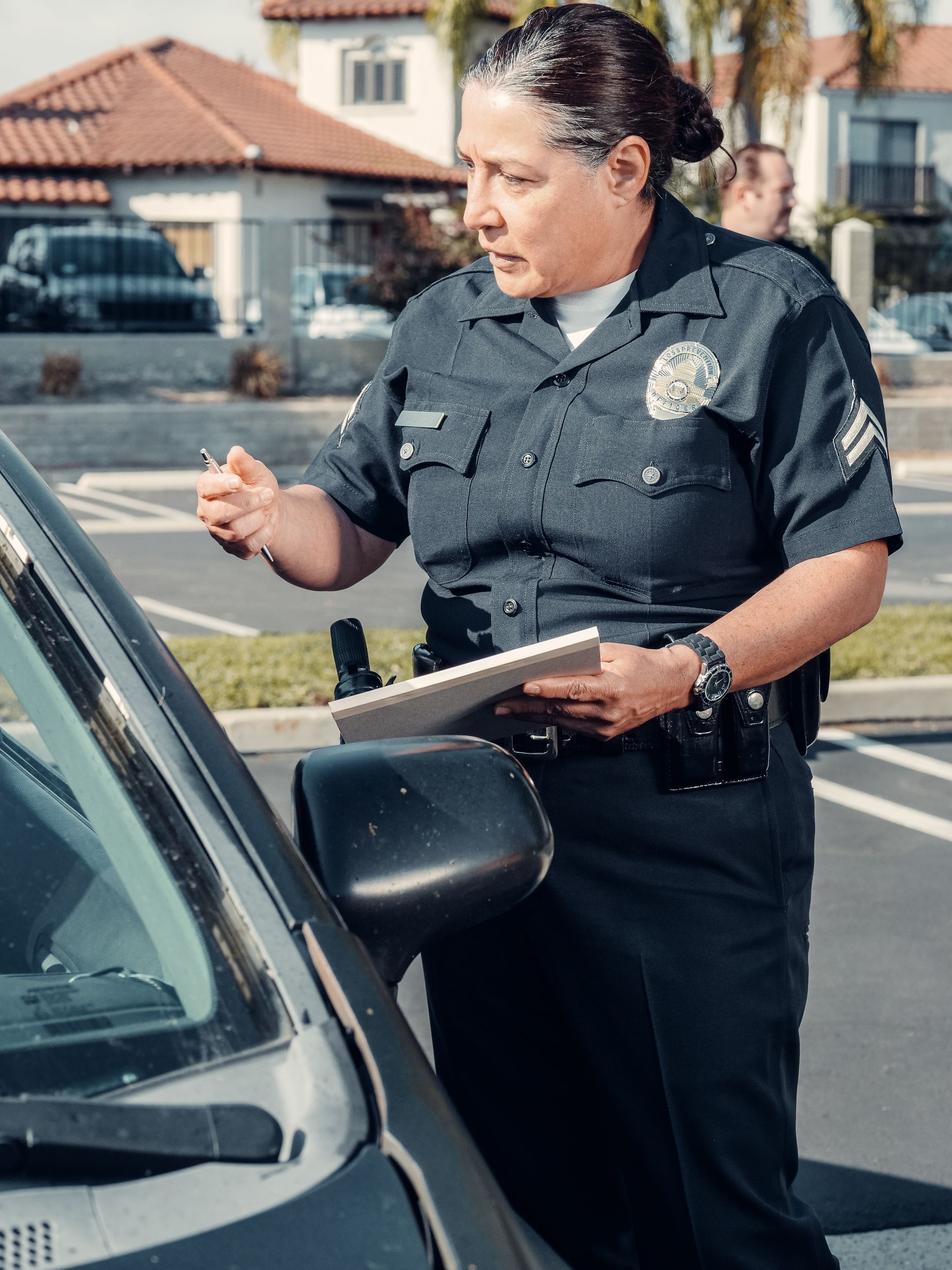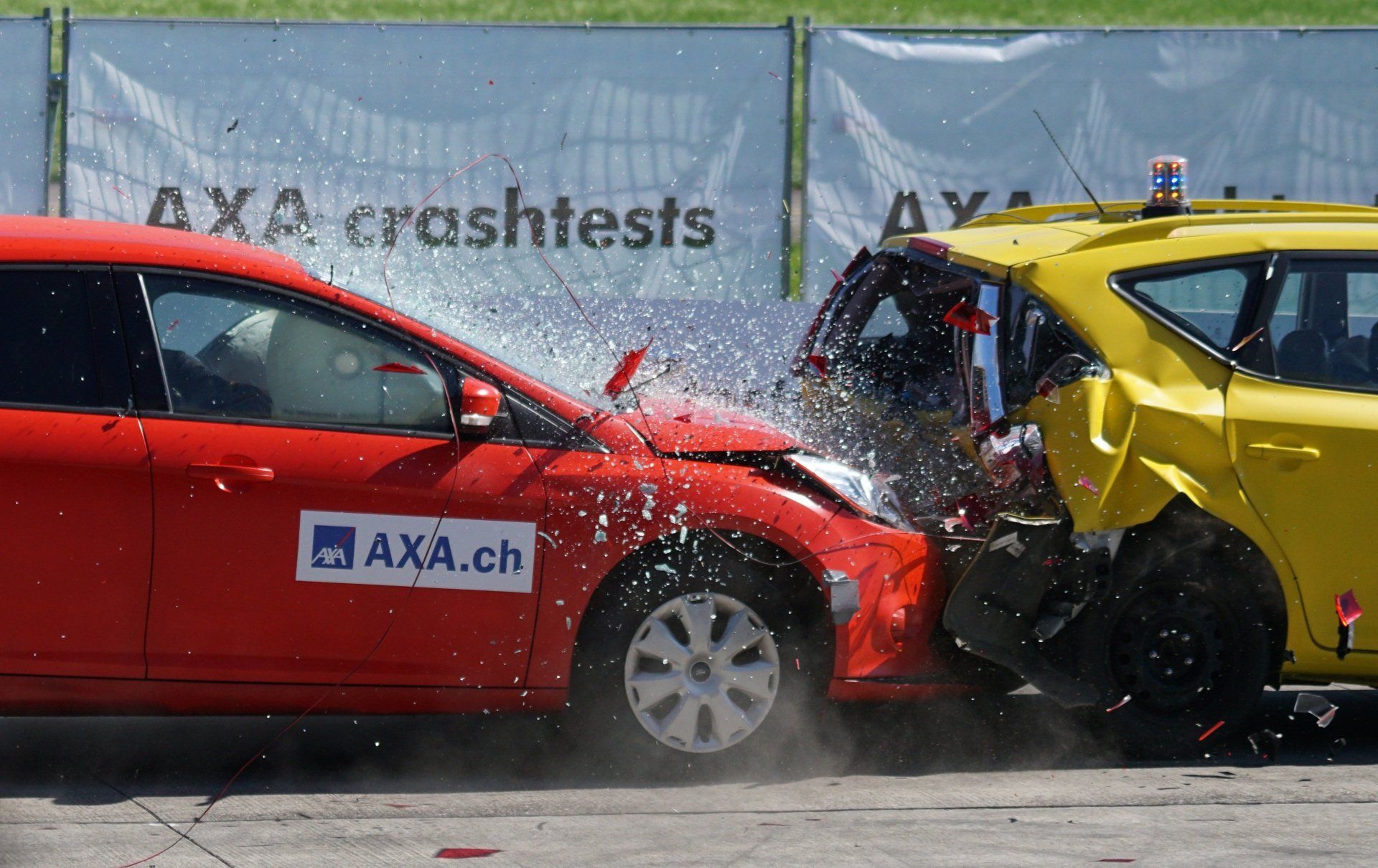United Transport, Inc.
Lincoln, NE
Accidents - Actions in the Aftermath (Part 3 of 4)
Accidents - Actions in the Aftermath (Part 3 of 4)
Unfortunately, accidents occur and when they do there are many different steps and actions that begin. The third part is called the business disruption phase and consists of four steps.
STEP ONE: Repairing the tractor/trailer. This step can be very time consuming depending on if the equipment is able to be moved or not directly after the accident. Then oftentimes multiple estimates are needed before the equipment can be repaired. Finally - the repairing itself can be time consuming depending on supply chain and the extent of the needed repairs.
STEP TWO: Managing the driver's down time. If the driver was injured in the accident they may need to recover or attend therapy. If the driver was not injured and is ready to return to work, they will need a truck to drive. Hopefully, the company will have a spare truck, otherwise they may be forced to rent a truck while the repairs are being completed.
STEP THREE: The office will be working closely with the insurance to determine costs of repairs/clean-up/etc.
STEP FOUR: The office will need to make sure that all documentation is completed in order to be prepared for any type of audit (OSHA, FMCSA, insurance company) that could occur.
The business disruption phase often overlaps with the investigation phase and the final phase. This phase can be a lengthy process and take months, depending on many of the factors above.










